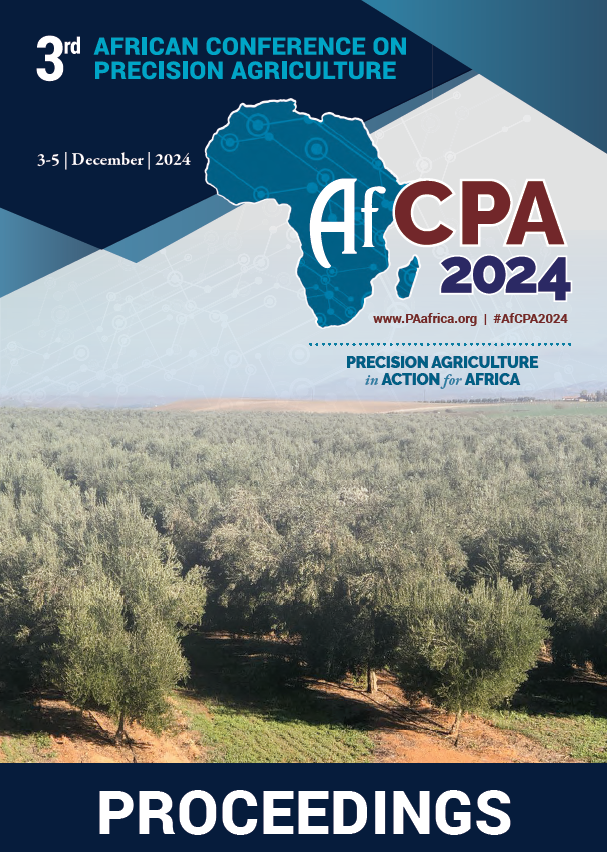Download the Conference Proceedings
Get your copy of the 2024 African Conference on Precision Agriculture Proceedings today! Download the PDF file and view all of the available proceedings.
Proceedings
Authors
| Filter results1 paper(s) found. |
|---|
1. Position of Climate Change and Desertification Issues on the Livelihoods of Indigenous Communities of Africa: Case Study of the Sahel Region and the Horn of AfricaThis Sahel environment stretches all the way from Senegal to Somalia cutting across over ten Africa countries bordering the " Sahara desert" in the north and the "Sudan savannah" in the south, with an annual rainfall of less than 50cm per annum, with good agricultural output (production) as well as large grazing fields for pastoral activities is a home for so many indigenous communities like the Mbororo (Cameroon and Chad), Tuareg (Niger) and the Kanuris (Nigeria, Niger, Chad... B. Abubakar |
